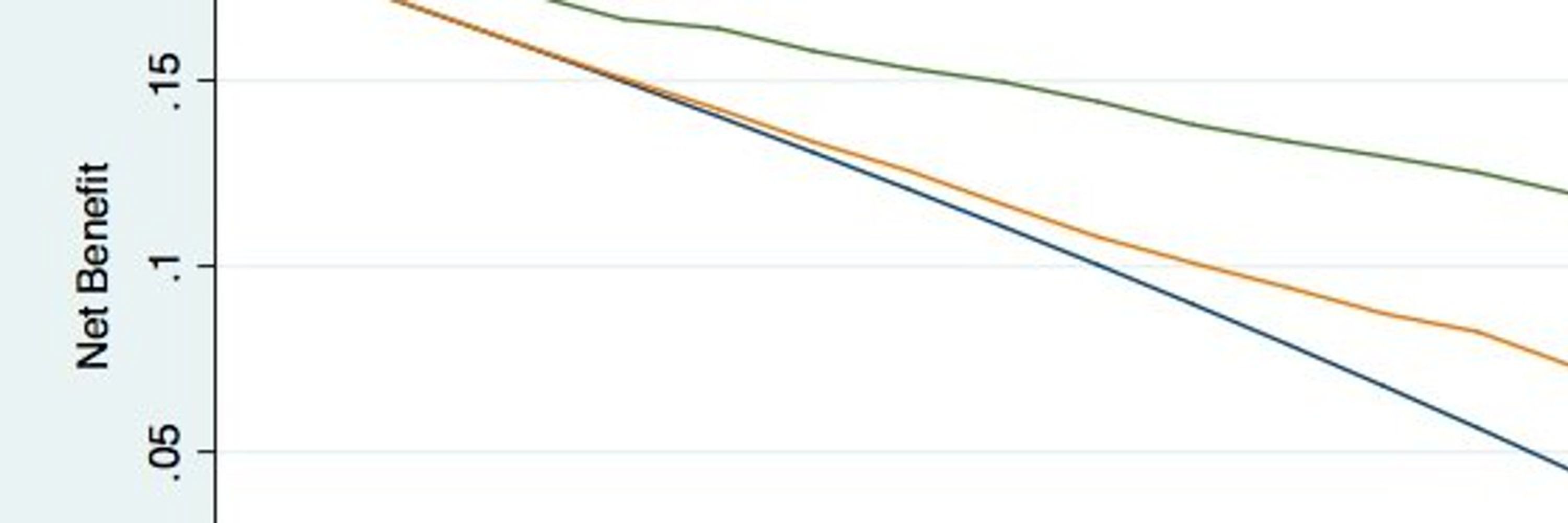
"staffers are terrified of pushing back on Prasad, lest they face retaliation"
www.statnews.com/2025/10/31/v...

"staffers are terrified of pushing back on Prasad, lest they face retaliation"
www.nejm.org/doi/full/10....

www.nejm.org/doi/full/10....







📊 Quantifying Gleason pattern 4 via MRI & targeted biopsy predicts prostate cancer metastasis better than standard Gleason grading & risk scores.
Precision matters in risk stratification.
🔗 doi.org/10.1111/bju.... @vickersbiostats.bsky.social

📊 Quantifying Gleason pattern 4 via MRI & targeted biopsy predicts prostate cancer metastasis better than standard Gleason grading & risk scores.
Precision matters in risk stratification.
🔗 doi.org/10.1111/bju.... @vickersbiostats.bsky.social
en.wikipedia.org/wiki/Hans_Ey...

en.wikipedia.org/wiki/Hans_Ey...
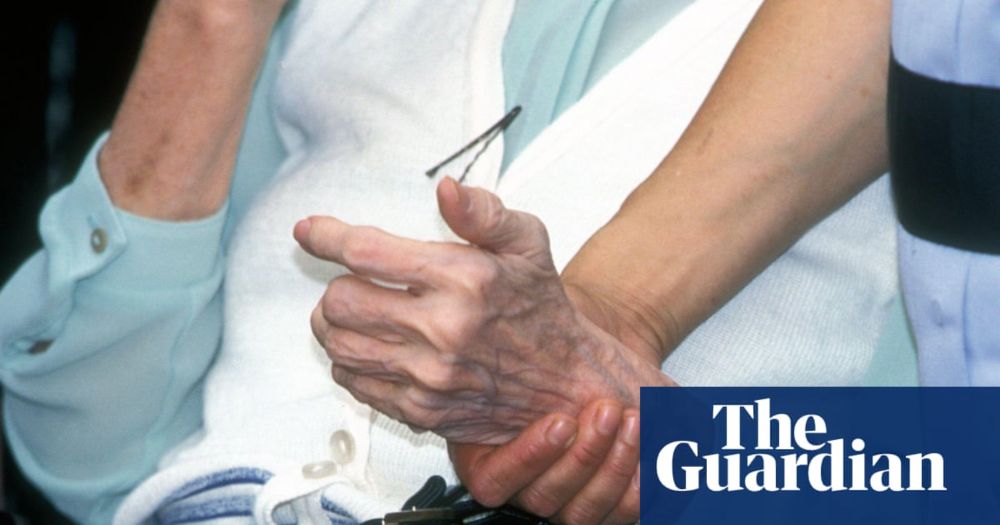
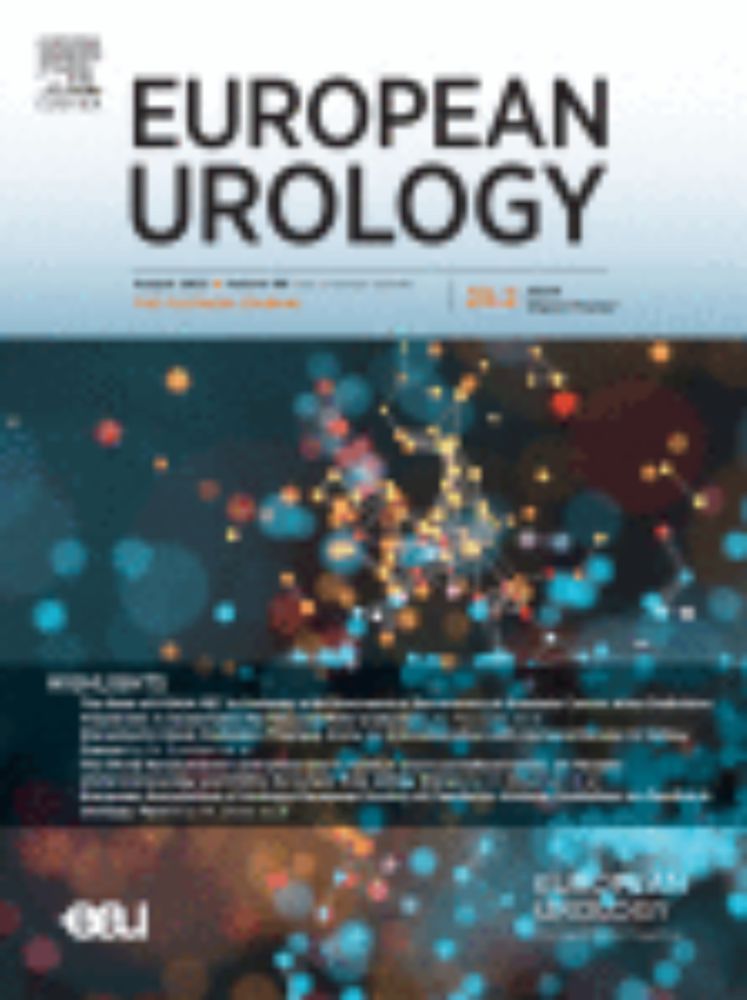
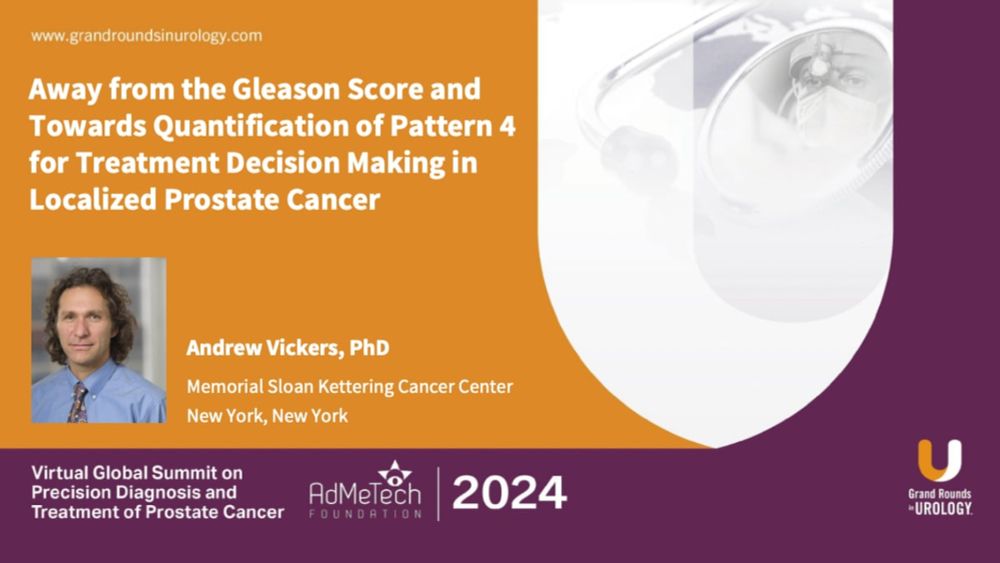
statsepi.substack.com/i/140315566/...
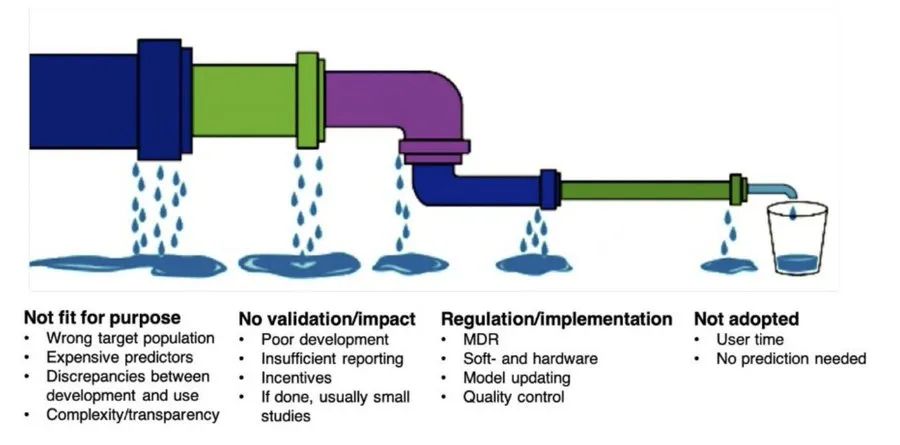
statsepi.substack.com/i/140315566/...

